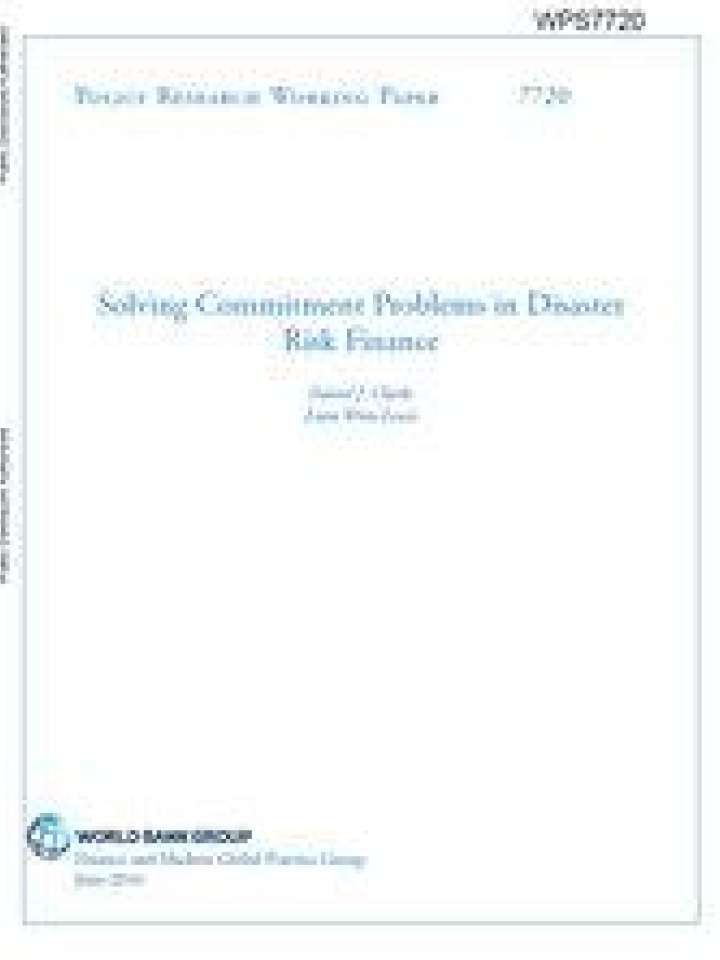Solving commitment problems in disaster risk finance
This article analyses how transferring risk to third-parties such as private insurers may help resolve commitment problems. A simple model of disaster risk finance is used to identify three distinct commitment problems and then show how various properties of risk transfer schemes can help to resolve these problems. The paper illustrates how these commitment problems play out using examples from around the world, and demonstrates where risk transfer schemes seem to have helped in practice.
The authors propose the following private finance solutions for commitment problems:
- samaritan's dilemma:
- recipient insurance decreases the need for discretionary aid;
- benefactor insurance allows benefactors to reduce their access to more discretionary contingency funds and lines of credit, hence increasing the marginal cost of post-disaster finance.
- aid misallocation:
- subsidise recipient insurance, assuming that the private sector is reliable enough not to misallocate.
- combine payout triggers across public and private programs.
- delayed disbursements:
- insurance subsidies and benefactor insurance as explained above, as delays over the purchase of insurance products are likely to be less costly than delays in relief disbursement.
Explore further
